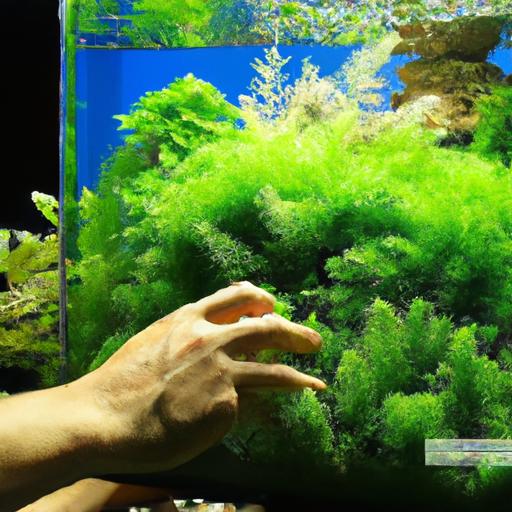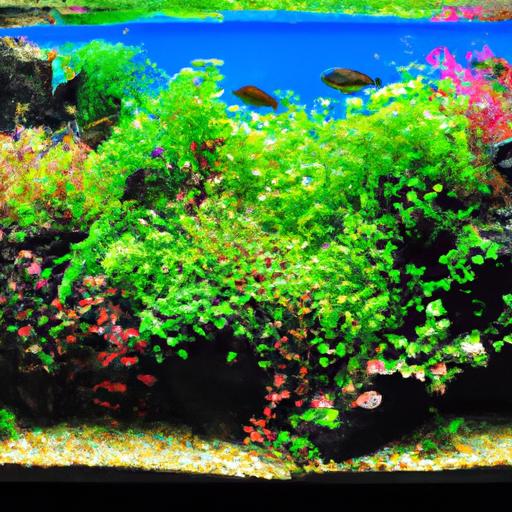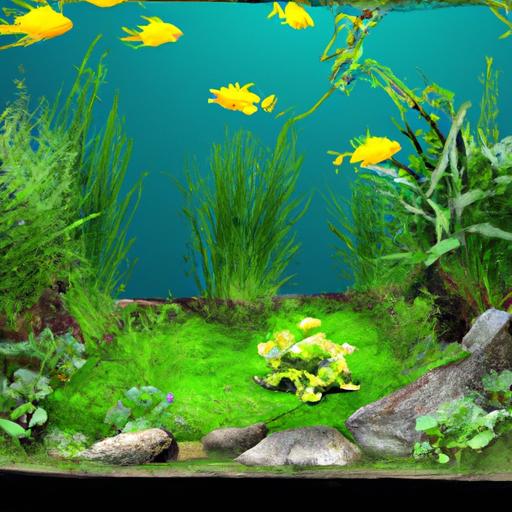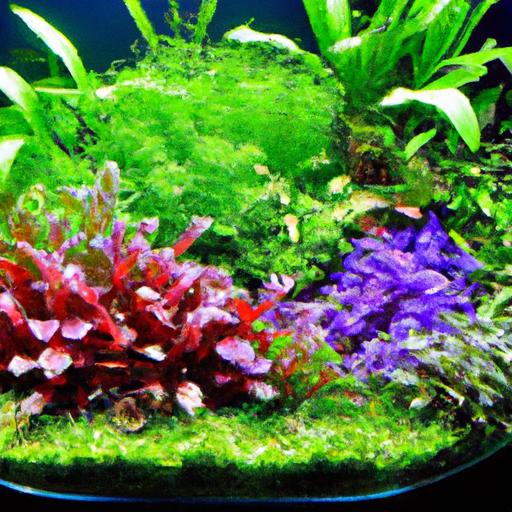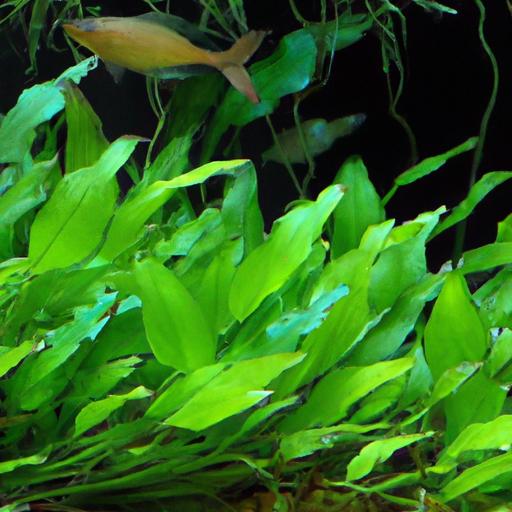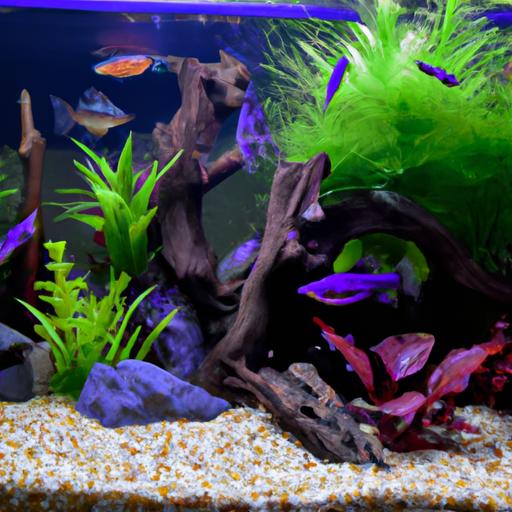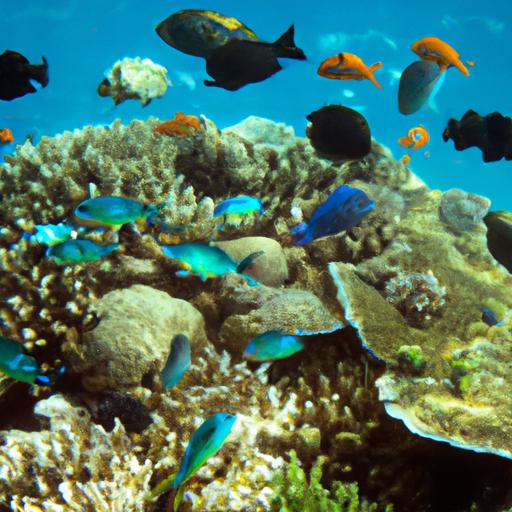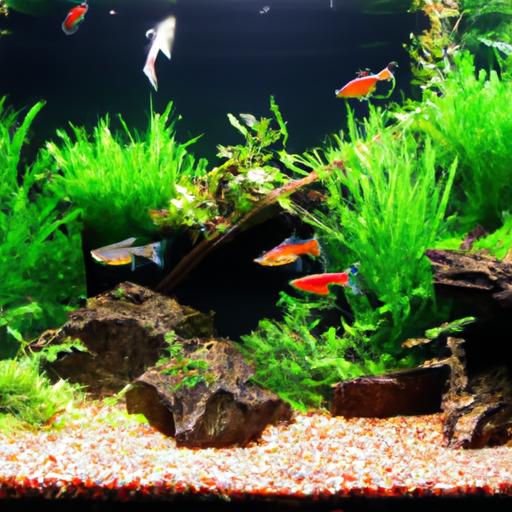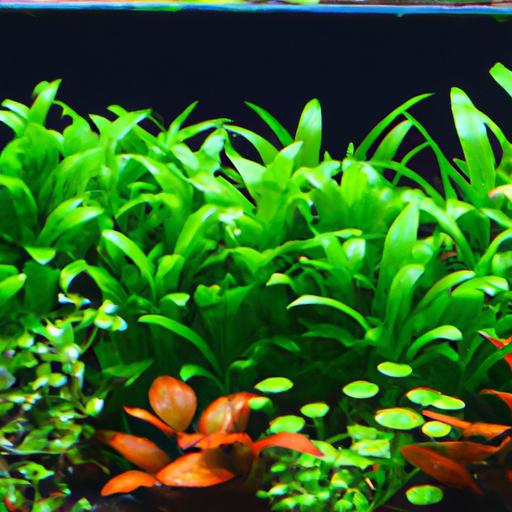
Best Practices for Growing Cryptocoryne Willisii Varieties
Discover the best practices for growing Cryptocoryne Willisii varieties in your aquarium. Learn substrate choice, water parameters, propagation, and more.
Cryptocoryne Willisii, a popular aquatic plant, offers an enchanting touch to any aquarium. With its vibrant green leaves and unique texture, it has become a sought-after choice among aquatic enthusiasts. However, successfully growing and maintaining Cryptocoryne Willisii requires proper care and attention. In this article, we will explore the best practices for growing Cryptocoryne Willisii varieties, ensuring that your aquatic garden thrives with these beautiful plants.
Introduction
Cryptocoryne Willisii, a member of the Araceae family, is native to Sri Lanka and has gained immense popularity in the aquarium hobbyist community. Its attractive appearance, combined with its ability to adapt to various water conditions, makes it a sought-after choice for both beginners and experienced aquarists.
To ensure the healthy growth of Cryptocoryne Willisii varieties, it is crucial to understand the best practices involved in their care. By following these guidelines, you can create an aquatic paradise that showcases the beauty of these plants.
Best Practices for Growing Cryptocoryne Willisii Varieties
Choosing the Right Substrate and Tank Setup
The choice of substrate and tank setup plays a vital role in the successful growth of Cryptocoryne WillisThese plants thrive in nutrient-rich substrates that mimic their natural habitat. Here are some key considerations:
Ideal Substrate Composition
Cryptocoryne Willisii prefers a substrate that is rich in nutrients and has a fine texture. A combination of nutrient-rich substrates such as aquarium soil or commercial plant substrates mixed with a layer of sand or gravel can provide an ideal environment for their growth.
Proper Tank Size and Lighting Conditions
The size of your tank and the lighting conditions are essential factors to consider. Cryptocoryne Willisii varieties generally prefer larger tanks that provide ample space for their root systems to spread. Additionally, providing moderate lighting conditions, such as using LED lights with adjustable brightness, will promote healthy growth without causing excessive algae problems.
Water Parameters and Maintenance
Maintaining the right water parameters is crucial for the overall health and growth of Cryptocoryne WillisHere are some important factors to consider:
Optimal Temperature and pH Levels
Cryptocoryne Willisii thrives in tropical conditions with temperatures ranging from 22°C to 28°C (72°F to 82°F). Additionally, maintaining a slightly acidic to neutral pH level between 6.0 and 7.5 is recommended for their healthy growth.
Regular Water Changes and Fertilization
Regular water changes are essential to maintain water quality and remove accumulated toxins. Aim for weekly water changes of 10-20% to provide a fresh and clean environment for your plants. Additionally, supplementing the water with liquid fertilizers or root tabs can help provide the necessary nutrients for Cryptocoryne Willisii’s growth.
Propagation Methods for Cryptocoryne Willisii
Propagating Cryptocoryne Willisii can be an exciting and rewarding experience. Here are two common methods for propagation:
Dividing Parent Plants
One popular method of propagation involves dividing parent plants. Gently remove the plant from the substrate, and using clean scissors or your hands, carefully separate the offshoots from the parent plant. Ensure that each new plant has its roots and replant them in suitable areas of the aquarium.
Harvesting and Planting Runners
Another propagation method involves harvesting and planting runners. Runners are horizontal stems that grow from the parent plant and produce new shoots. Once these runners develop roots and leaves, they can be carefully separated from the parent plant and planted in the desired areas of the aquarium.
Dealing with Common Challenges and Diseases
While Cryptocoryne Willisii is generally a hardy plant, it can face certain challenges and diseases. Here are some key issues and how to address them:
Preventing and Treating Algae Growth
Algae growth can be a common challenge in aquariums, and Cryptocoryne Willisii is not immune to it. To prevent excessive algae growth, ensure that you maintain a proper balance of lighting, nutrients, and carbon dioxide levels. Additionally, introducing algae-eating fish or snails can help control algae growth naturally. If algae become problematic, manual removal and the use of algae control products can be effective solutions.
Identifying and Addressing Nutrient Deficiencies
Cryptocoryne Willisii relies on various nutrients for healthy growth. Common nutrient deficiencies include iron, potassium, and nitrogen. Regularly inspect your plants for signs of deficiencies such as yellowing leaves or stunted growth. Address these deficiencies by supplementing the water with appropriate fertilizers or adjusting your overall nutrient dosing regimen.
FAQ (Frequently Asked Questions)
How fast does Cryptocoryne Willisii grow?
The growth rate of Cryptocoryne Willisii can vary depending on several factors, including water parameters, lighting conditions, and nutrient availability. Under optimal conditions, these plants can grow at a moderate rate, producing new leaves and propagating through runners.
Can Cryptocoryne Willisii tolerate high light intensity?
While Cryptocoryne Willisii can tolerate a wide range of lighting conditions, excessive light intensity can lead to algae problems. It is important to provide moderate lighting levels to promote healthy growth without encouraging algae growth.
What are some potential issues with Cryptocoryne Willisii growth?
Cryptocoryne Willisii can face challenges such as algae growth, nutrient deficiencies, and melt. Algae growth can be controlled by maintaining a proper balance of lighting and nutrients, while nutrient deficiencies can be addressed through appropriate supplementation. Melt, which is the browning or decaying of leaves, can occur during the acclimation process but is often temporary and can be resolved with consistent care.
How often should I fertilize Cryptocoryne Willisii?
The frequency of fertilization depends on several factors, including the nutrient requirements of your plants and the overall condition of your aquarium. Regularly monitor your plants for signs of nutrient deficiencies, and adjust your fertilization schedule accordingly. Generally, a weekly or bi-weekly dosage of liquid fertilizers or root tabs can be sufficient to support Cryptocoryne Willisii’s growth.
Conclusion
By following the best practices outlined in this article, you can successfully grow and maintain Cryptocoryne Willisii varieties in your aquarium. From choosing the right substrate and tank setup to maintaining optimal water parameters and addressing common challenges, these practices will ensure the healthy growth of these beautiful aquatic plants.
Remember, consistent care and monitoring are key to creating a thriving aquatic garden. Embrace the opportunity to explore and experiment with different techniques, as this will enhance your understanding and expertise in cultivating Cryptocoryne WillisWith dedication and attention to detail, you can create a captivating underwater landscape that showcases the beauty of these remarkable plants.
